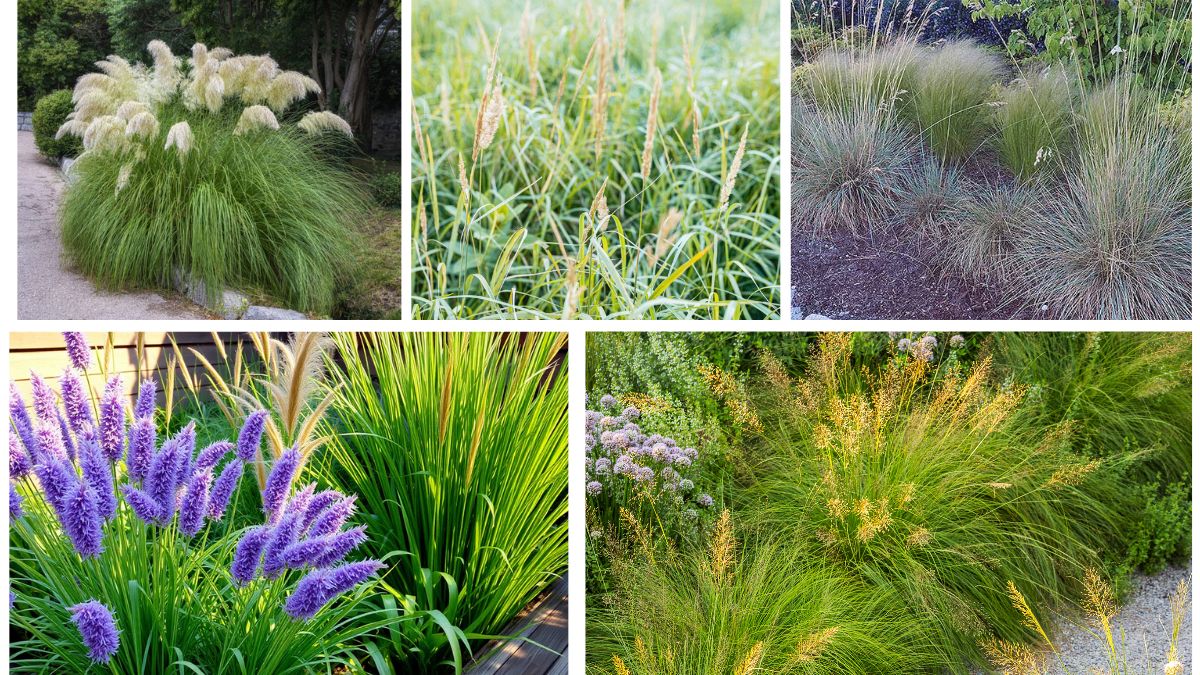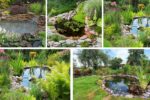When designing a garden or outdoor landscape, most people focus on colorful flowers, lush shrubs, or sturdy trees. Yet one of the most underrated elements of landscape design is ornamental grass. These elegant plants introduce texture, height, and a sense of natural rhythm. Their swaying blades and airy plumes catch the wind, adding motion and life to otherwise static garden spaces.
Ornamental grasses are incredibly versatile. They can be used as borders, focal points, fillers, or even privacy screens. With varieties that range from compact clumps to tall, feathery plumes, they provide year-round interest while requiring relatively low maintenance.
In this article, we’ll explore five stunning ornamental grasses that can bring beauty, elegance, and motion to your yard. We’ll also cover their features, growing requirements, and tips for incorporating them into your landscape design.
Why Choose Ornamental Grasses?
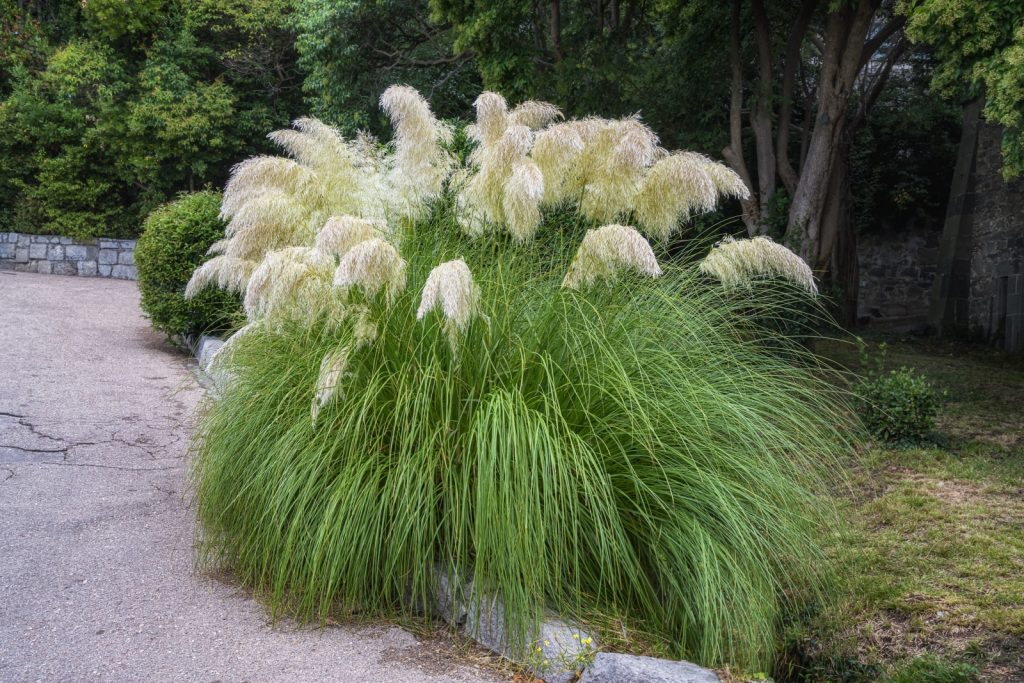
Before diving into specific types, let’s understand why these plants are worth considering:
- Dynamic Movement: Unlike many plants, ornamental grasses sway gracefully with the wind, creating a soothing and lively effect.
- Low Maintenance: Most grasses require little water, fertilizer, or pruning once established.
- Year-Round Interest: Many varieties keep their structure and beauty even in winter.
- Wildlife Benefits: Their seeds and structure provide food and shelter for birds and pollinators.
- Design Flexibility: Perfect for borders, containers, naturalized areas, or as focal points.
1. Fountain Grass (Pennisetum alopecuroides)
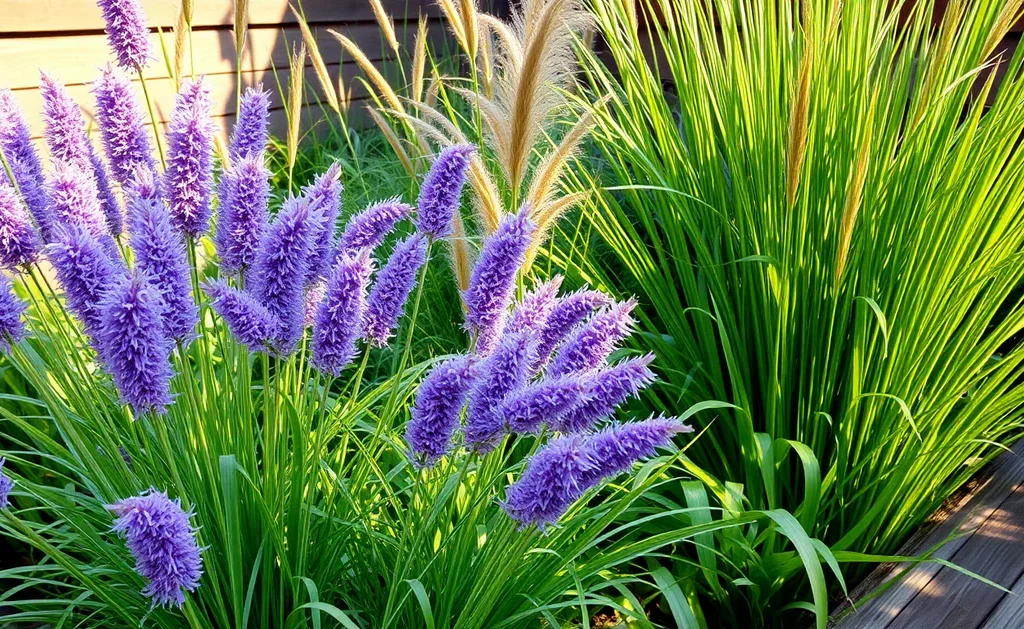
If you’re looking for a graceful ornamental grass that brings charm and movement to your yard, Fountain Grass is a top choice. Its arching foliage and fluffy seed heads resemble water spraying from a fountain, hence its name.
Features
- Grows 2–5 feet tall, depending on the variety.
- Produces soft, bottlebrush-like flower spikes in shades of pink, purple, or tan.
- Blooms from midsummer through fall, offering long-lasting interest.
Growing Conditions
- Soil: Prefers well-drained soil but tolerates a wide range.
- Watering: Moderate water needs; drought-tolerant once established.
- Sunlight: Full sun to partial shade.
Care Tips
- Cut back in late winter or early spring before new growth begins.
- Works well as a border, accent plant, or mass planting.
- Combine with perennials like coneflowers or black-eyed Susans for added color.
Why Choose Fountain Grass?
Its elegant, flowing plumes and ease of care make it one of the most popular ornamental grasses for homeowners.
2. Switchgrass (Panicum virgatum)
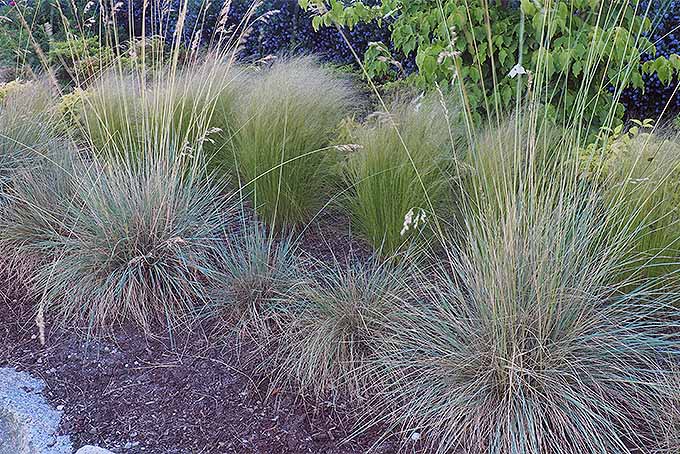
Native to North America, Switchgrass is a hardy and versatile ornamental grass that adapts well to different soil types and climates. Its upright, airy form adds vertical interest and movement to landscapes.
Features
- Grows 3–6 feet tall, depending on variety.
- Produces airy, pinkish flower panicles in midsummer that persist into fall.
- Foliage often turns golden-yellow or red in autumn, extending seasonal beauty.
Growing Conditions
- Soil: Thrives in sandy, loamy, or clay soils; tolerates poor conditions.
- Watering: Drought-tolerant but benefits from occasional watering in dry spells.
- Sunlight: Prefers full sun but tolerates light shade.
Care Tips
- Cut back old stems in early spring to make way for new growth.
- Perfect for prairie-style plantings, erosion control, or as a privacy screen.
- Combine with wildflowers to create a natural, meadow-like look.
Why Choose Switchgrass?
Its resilience, upright form, and vibrant fall colors make it an excellent choice for adding structure and motion to large or small landscapes.
3. Blue Fescue (Festuca glauca)
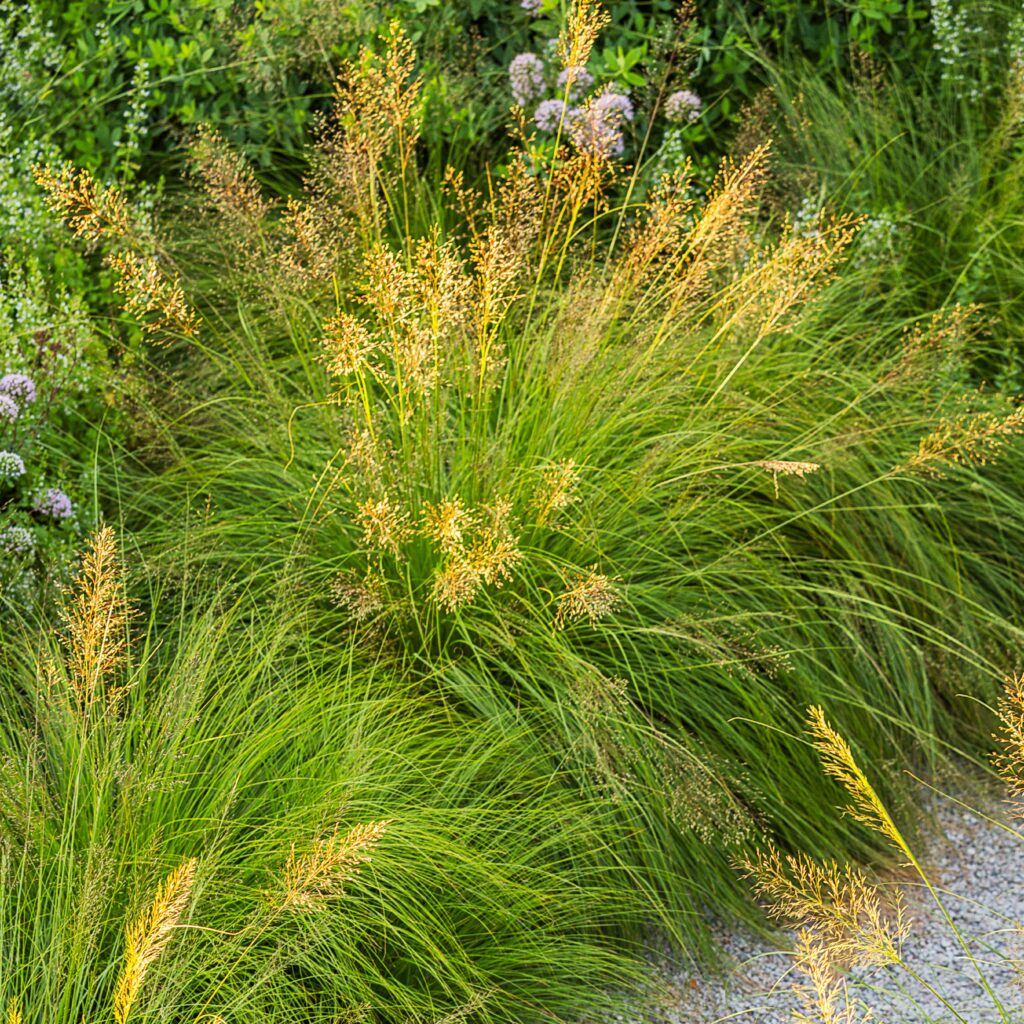
For gardeners seeking a compact and colorful ornamental grass, Blue Fescue is ideal. Its soft, bluish-gray foliage stands out against green plants and creates striking contrast in the garden.
Features
- Grows in small clumps, 6–12 inches tall.
- Produces fine-textured, needle-like foliage in a silvery-blue hue.
- Blooms with small, tan flower spikes in late spring to summer.
Growing Conditions
- Soil: Prefers well-drained soil; does not tolerate wet conditions.
- Watering: Low water needs; thrives in dry soils.
- Sunlight: Full sun enhances its blue color.
Care Tips
- Divide clumps every few years to maintain vigor.
- Use as edging along pathways, in rock gardens, or in containers.
- Pair with succulents or flowering perennials for a modern look.
Why Choose Blue Fescue?
Its compact size, cool-toned color, and low-maintenance care make it perfect for adding texture and motion to small spaces.
4. Japanese Forest Grass (Hakonechloa macra)
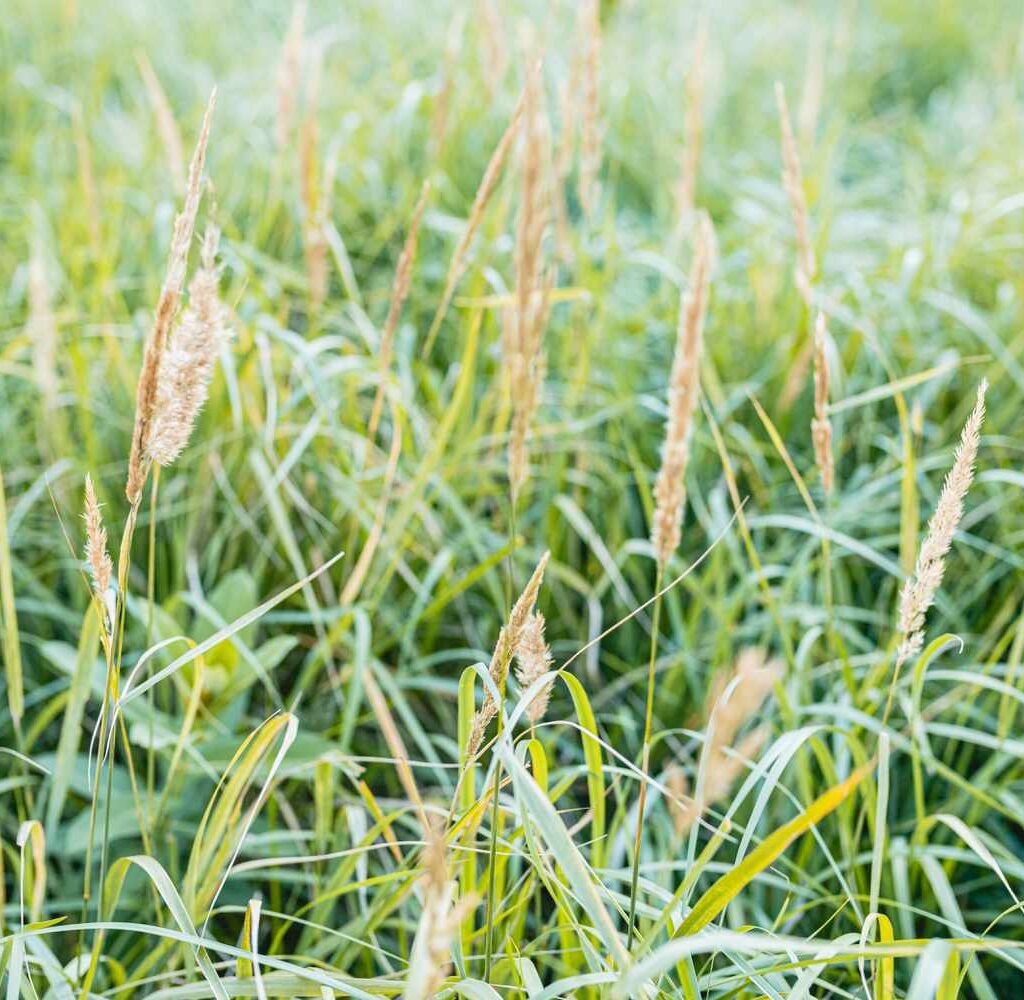
Unlike many ornamental grasses that prefer sunny, dry spots, Japanese Forest Grass thrives in partial to full shade. Known for its flowing, cascading form, it adds elegance and a gentle sense of movement to shaded areas of the garden.
Features
- Grows 1–2 feet tall in loose, arching mounds.
- Available in several cultivars, including golden or variegated foliage.
- Turns shades of red, orange, or gold in fall.
Growing Conditions
- Soil: Prefers rich, moist, well-drained soil.
- Watering: Needs consistent moisture, especially in warmer climates.
- Sunlight: Partial to full shade; too much sun can scorch leaves.
Care Tips
- Cut back dead foliage in late winter.
- Excellent for underplanting trees, edging shaded paths, or as ground cover.
- Mix with hostas, ferns, or astilbes for lush, layered shade gardens.
Why Choose Japanese Forest Grass?
Its cascading, bamboo-like form and ability to thrive in shade make it a standout for woodland or shaded gardens.
5. Maiden Grass (Miscanthus sinensis)
Tall, dramatic, and feathery, Maiden Grass is one of the most widely grown ornamental grasses. Its height and graceful plumes create stunning focal points in gardens.
Features
- Grows 4–8 feet tall with a clumping habit.
- Produces silvery-pink flower plumes in late summer to fall.
- Leaves often turn copper or golden in autumn.
Growing Conditions
- Soil: Adaptable to many soil types; prefers well-drained soil.
- Watering: Moderate needs; drought-tolerant once established.
- Sunlight: Full sun for best growth and flowering.
Care Tips
- Cut back in late winter before spring growth begins.
- Ideal as a specimen plant, privacy screen, or backdrop in flower beds.
- Works beautifully with shrubs, roses, or perennials for layered landscapes.
Why Choose Maiden Grass?
Its tall stature and dramatic plumes bring elegance, motion, and vertical interest, making it a centerpiece in any yard.
Tips for Using Ornamental Grasses in Landscape Design
- Mix Heights: Combine tall varieties like Maiden Grass with shorter types like Blue Fescue for layered texture.
- Use Movement: Place grasses where the wind can highlight their swaying motion.
- Seasonal Interest: Choose grasses that provide beauty across seasons, from summer blooms to winter silhouettes.
- Group Plantings: Plant in clusters or drifts for maximum impact and natural flow.
- Complementary Pairings: Pair with colorful perennials or shrubs to enhance contrast.
Conclusion
Adding ornamental grasses to your yard is one of the easiest ways to introduce movement, texture, and year-round interest. From the feathery plumes of Maiden Grass to the compact blue tufts of Blue Fescue, each of these plants offers unique beauty and functionality.
By selecting varieties like Fountain Grass, Switchgrass, Blue Fescue, Japanese Forest Grass, and Maiden Grass, you can create a dynamic garden that moves with the wind, attracts wildlife, and enhances the overall aesthetic of your outdoor space.
Low-maintenance yet high in visual impact, ornamental grasses prove that sometimes the most subtle plants can make the biggest difference. With their swaying blades and elegant forms, they transform static landscapes into vibrant, living works of art.
